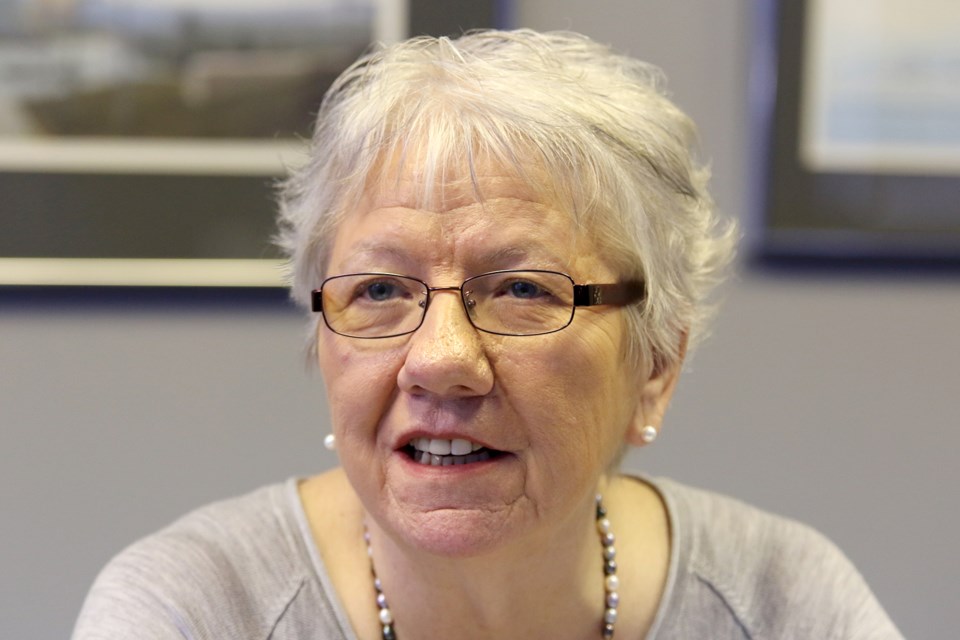THUNDER BAY – Employers in Thunder Bay may be able to combat issues surrounding an aging workforce by embracing Indigenous workers to replace them as they reach retirement age.
It’s one of the conclusions reached in a comprehensive Community Labour Market Report released on Thursday by the Local Employment Planning Council in conjunction with the Northern Policy Institute.
Using data from 2011, the report shows only 44 per cent of Thunder Bay’s Indigenous population is employed, compared to 53 per cent province-wide.
“We have a huge labour force that is here that is not participating as much as the rest of group,” said Madge Richardson, executive director of the North Superior Workforce Planning Board.
“They’re an untapped resource and we have a number of programs and a number of initiatives on the go right now with the Local Employment Council to promote and encourage more inclusive hiring practices and also recognizing those employers who do have those types of hiring policies.”
As a whole, there were about 1,400 fewer people employed in the census metropolitan area in 2016 as compared to 2014, a drop from 61,500 jobs to 60,100.
That’s a decrease of 2.3 per cent, a stark contrast to the 1.8 per cent increase Ontario experienced as a province.
The biggest drop was in the services-producing sector, which saw 2,300 fewer people employed, while the category of business, building and other support services experienced a 44.4 per cent drop, from 2,700 to 1,500 over the same time frame.
Manufacturing appeared to rebound over the past two years, growing from 8,900 to 9,700, though the industry still hasn’t climbed even with 2014’s 10,400.
Sales and service represented the largest percentage of total employment in Thunder Bay last year, with 15,600 people making a living in the field, or 26 per cent of the workforce.
Trades, transports and equipment operators made up the second largest segment, at 15.3 per cent, while education, law, social community and government services were third at 14.5 per cent.
There were 300 fewer in management jobs than the 4,100 reported in 2014, but 700 more in the natural and applied sciences and 900 more working in health occupations. Sales and service jobs slipped from 16,700 in 2014 to 15,600 last year.
The report also indicated there were 1,575 new jobs posted between April 2016 and September 2016.
Richardson said the information could prove quite useful to organizations like the Thunder Bay Community Economic Development Commission and the Community Futures Development.
It can help them in grant applications, for example, she said.
“It’s the most current data we can give to them. It’s going to benefit them when they’re looking at providing services and programs, what sort of population is here, what sort of programs and service are needed,” Richardson said.
“How can they fill some of those gaps and develop the workforce.”
It could also help the communities – a total of 34 separate communities in the Thunder Bay District were looked at individually – target businesses.
“Absolutely, if you have a higher awareness of what the labour force is or the supply is in your area, you would be much more equipped to respond to businesses that are thinking of moving.”
View the entire report here.
